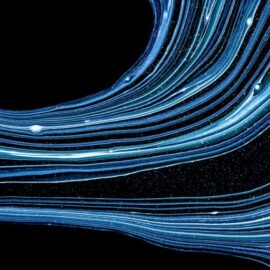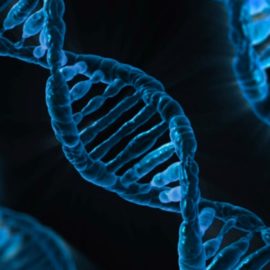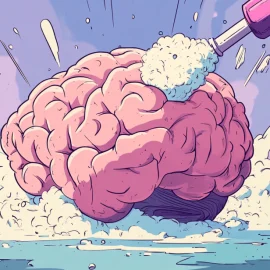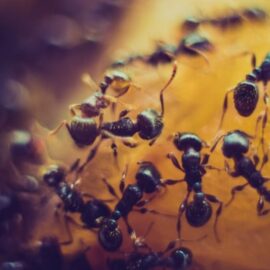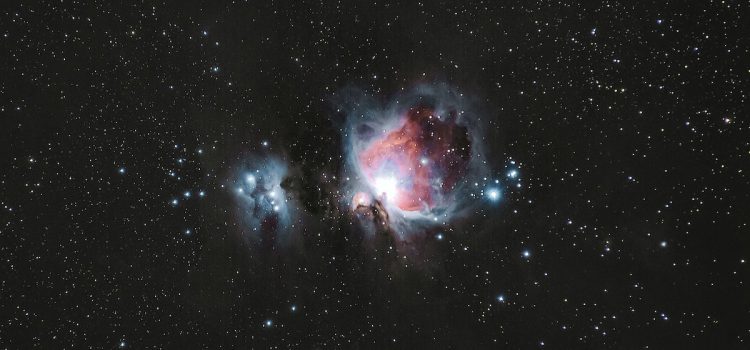
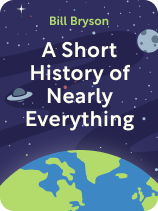
This article is an excerpt from the Shortform book guide to "A Short History of Nearly Everything" by Bill Bryson. Shortform has the world's best summaries and analyses of books you should be reading.
Like this article? Sign up for a free trial here.
What is the life cycle of stars? How do stars burn? How many stars are in the Milky Way?
If you’ve always wanted to understand the natural world but found science classes tedious and science textbooks difficult to understand, author Bill Bryson can relate. A Short History of Nearly Everything is an accessible overview of the natural sciences.
Keep reading for Bryson’s explanation of the life cycle of stars.
What Is the Life Cycle of Stars?
What is the life cycle of stars? Let’s go back to the beginning. Bryson recounts that, very soon after the big bang, the particles that it produced combined to form simple elements (mostly hydrogen and helium) but then cooled off too much to fuse into heavier elements. So, at first, the universe consisted only of clouds of gas. The density of these gas clouds was very nearly uniform, but not perfectly uniform. So, over time, gravity caused them to clump together. As they did, some of the densest regions collapsed in on themselves, creating stars. The resulting clumps of stars became galaxies.
(Shortform note: Using sensitive equipment, astronomers can detect electromagnetic radiation that was emitted by the hot gases of the early universe. They can even take pictures of it, and these pictures show slight variations in the intensity of the radiation, corresponding to the regional variations in the density of the gas that would eventually allow stars and galaxies to form.)
Bryson says that scientists don’t know exactly how many stars are in our own galaxy, the Milky Way, but that they estimate somewhere between 100 and 400 billion.
(Shortform note: The reason that estimates for the number of stars in our galaxy vary is that astronomers use several different methods to measure the stellar density—the number of stars per unit volume of space—and size of the galaxy. Each method includes certain approximations or simplifying assumptions that make it possible to obtain a result, but they also introduce some imprecision into that result.)
As Bryson explains, stars ‘burn’ by fusing the atomic nuclei of lighter elements into heavier elements. Certain types of stars explode after they burn up all of their hydrogen and helium, creating clouds of debris that contain heavier elements such as carbon, oxygen, and iron. The explosion is called a supernova. Debris clouds from supernovas can enrich clouds of interstellar hydrogen and helium with heavier elements, making it possible for stars with rocky planets to form.
(Shortform note: Basically, supernova explosions happen when stars don’t burn their fuel evenly. Stars of a certain size will fuse hydrogen, helium, and other elements in their cores, but also have a lot of hydrogen and helium near the surface that isn’t hot enough to fuse. When the core burns out, the rest of the star collapses in on itself, which causes it to heat up. As it heats up, the remaining hydrogen and helium may fuse all at once, releasing a sudden burst of energy that tears the star apart. So, when the core runs out of fuel, the star starts to implode, and then the implosion rebounds in an explosion when the fuel above the core all “ignites” simultaneously.)

———End of Preview———
Like what you just read? Read the rest of the world's best book summary and analysis of Bill Bryson's "A Short History of Nearly Everything" at Shortform.
Here's what you'll find in our full A Short History of Nearly Everything summary:
- An accessible overview of the natural sciences
- A full history of the universe, Earth, and life as we know it
- A look at the unknowns and controversies that still exist in the sciences


